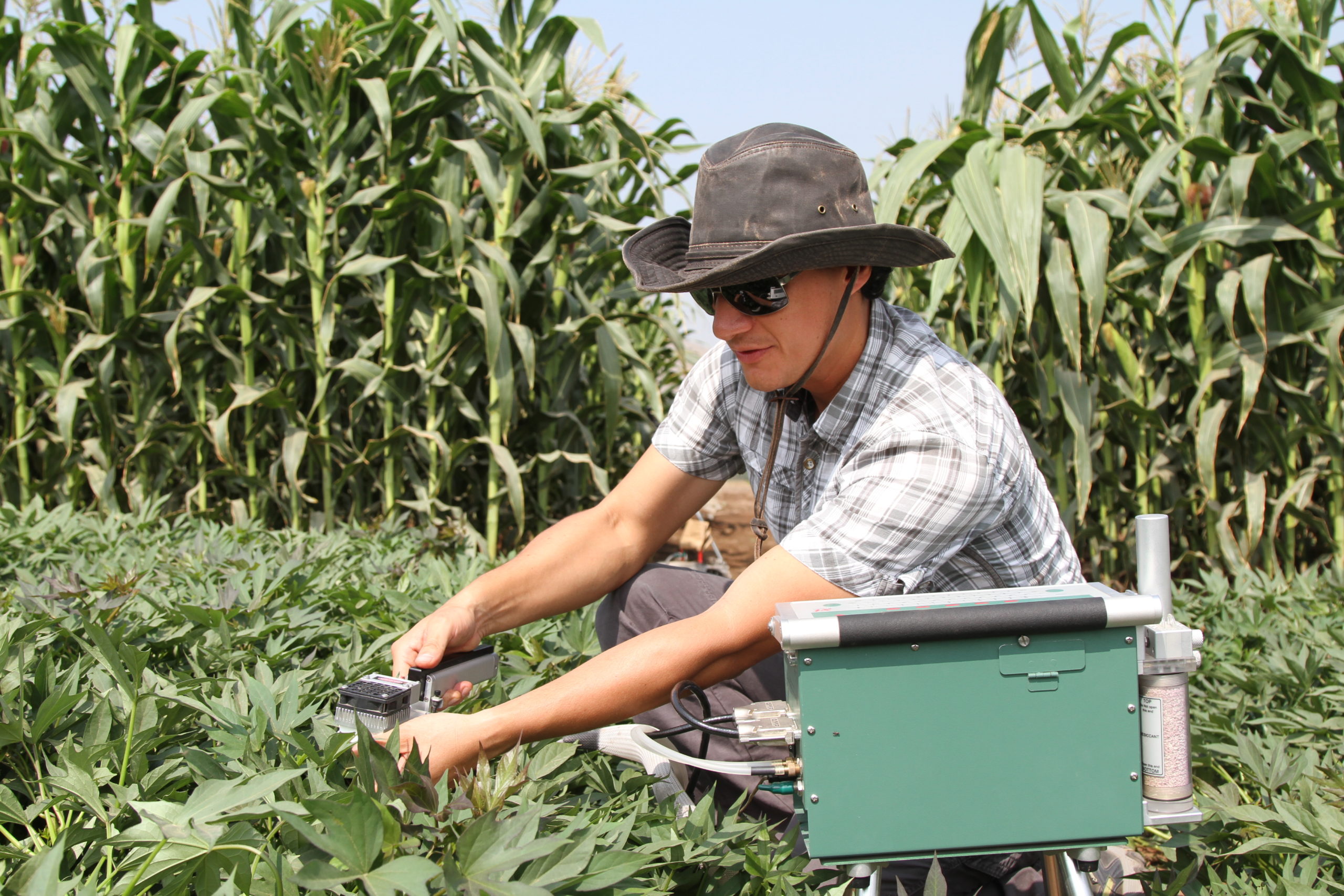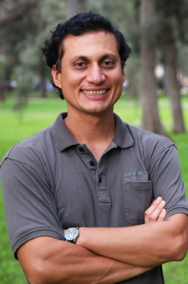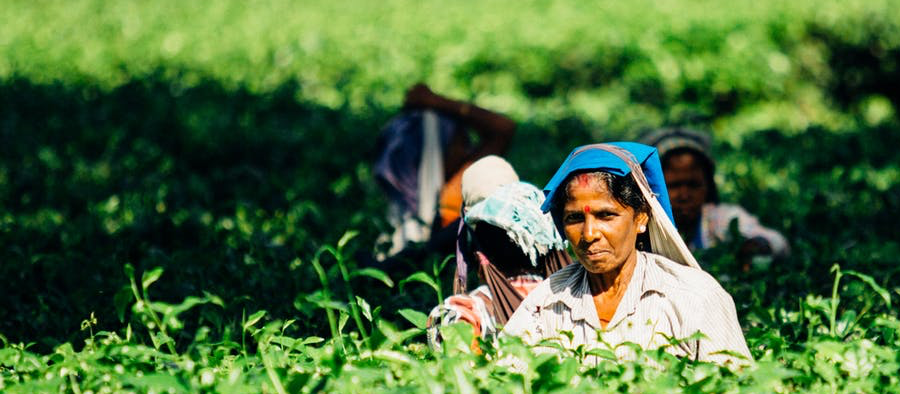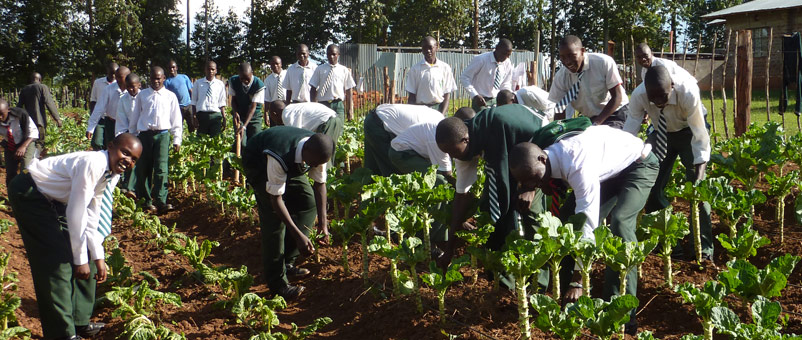Farming First is pleased to act as media partner for the Louis Malassis International Scientific Prize and the inaugural Olam Prize for Innovation in Food Security. Our new blog series will showcase stories from scientists nominated for these prestigious prizes.
The eighth blog in this series outlines the work of Dr. David A. Ramírez Collantes, nominated for the Louis Malassis Scientific Prize for Young Promising Scientist.
The rise of world population (9.2 billon predicted by 2050) will demand more resources, in particular, more water. It is estimated there will be a 2.5 to 3-fold increase in water use to feed more people in the coming decades. To respond to this challenge, the International Potato Center (CIP), has recently developed a new Strategy and Corporate Plan (SCP), which includes six new objectives, which will guide research activities until 2023.
Specifically the Second Strategic Objective of the SCP proposes the incorporation of potato into the predominantly cereal-based cropping systems in Asia. This Strategic Objective has three main challenges: i) breeding potatoes with high tolerance to water and heat stress, ii) crop intensification based on smart agricultural practices that reduce water waste, nutrient loss and carbon emissions, iii) an ecosystem approach aimed at reversing the losses of carbon driven by crop intensification by restoring and preserving carbon sinks such as rangelands.
Dr. Ramirez’s research and publications are addressing these specific challenges. In recent papers he and his team have shown that monitoring plant greenness (leaves become greener under water restriction caused by leaf expansion reduction) and carbon isotope discrimination (a plant trait closely related with carbon assimilation, conversion and storage) can be useful indicators of water stress in potato. The simplicity of the greenness assessment through remote sensing and image processing will enable the use of low cost tools to decide when and how much to irrigate in the future.

Photosynthesis measurement in sweetpotato
His team has also studied the Partial root-zone drying (PRD) technique in the potato crop. This technique consists of alternatively irrigating approximately half of the root system of a crop while the other half is not irrigated. Following a certain period of time, the irrigation pattern is reversed. His team has also shown that the right irrigation timing can improve water use efficiency in potato, by maximizing the water saving without reducing final tuber yield.
“PRD has shown important results in terms of irrigation water use efficiency, saving water without significant potato yield reduction,” says Dr. Ramirez. “However, it is necessary to conduct an economic analysis of the technology before promoting its dissemination. We have initiated a validation trial of PRD in Amhara Region, Ethiopia.”
To meet the challenge of breeding potatoes with high tolerance to water and heat stress, an irrigation decision support systems (DSS) is being implemented in a dry area of Southern Peru (Arequipa) in an experimental field station belonging to the Peruvian National Institute of Agricultural Innovation (INIA). “The idea is to generate low cost tools, based on modeling and stress physiological indexes, which will help to decide when to irrigate and how much water to apply. INIA organized a “field workshop” which was carried out last December to discuss our research activities with the local farmers,” comments Dr. Ramirez.
On his motivation for carrying out the research he does, Dr. Ramirez says the understanding of how nature works at different scales, and the aim to propose the most appropriate management is what drives him. “There are many situations around the world in which agricultural management is not supported by scientific knowledge, causing suboptimal yields, low incomes, environmental degradation and reduction of ecosystem services” he says. “The study of the function or mechanisms of crop growth at different levels (genetic, plant traits and ecosystem response) is in my opinion one of the most important research steps for achieving impact at farm level.”
“On the other hand, as farming systems are socio-ecological systems, understanding the social component is vital and farm and ecosystems management must be aligned with society’s requirements. The nexus between an appropriate scientific-based management in harmony with the requirements of the different social actors sounds like a dream, but it is a challenge that I would like to address in the near future.”
The winners of the Louis Malassis International Scientific Prize and Olam Prize for Innovation in Food Security, will be announced at the Third Global Science Conference on Climate Smart Agriculture on 16th March, 2015.




